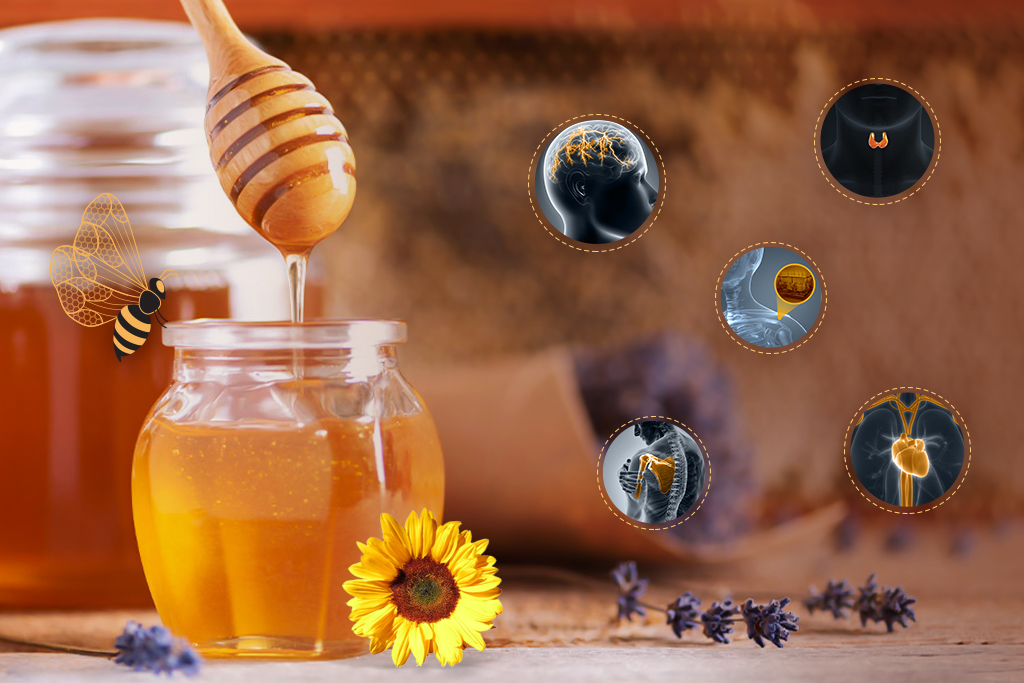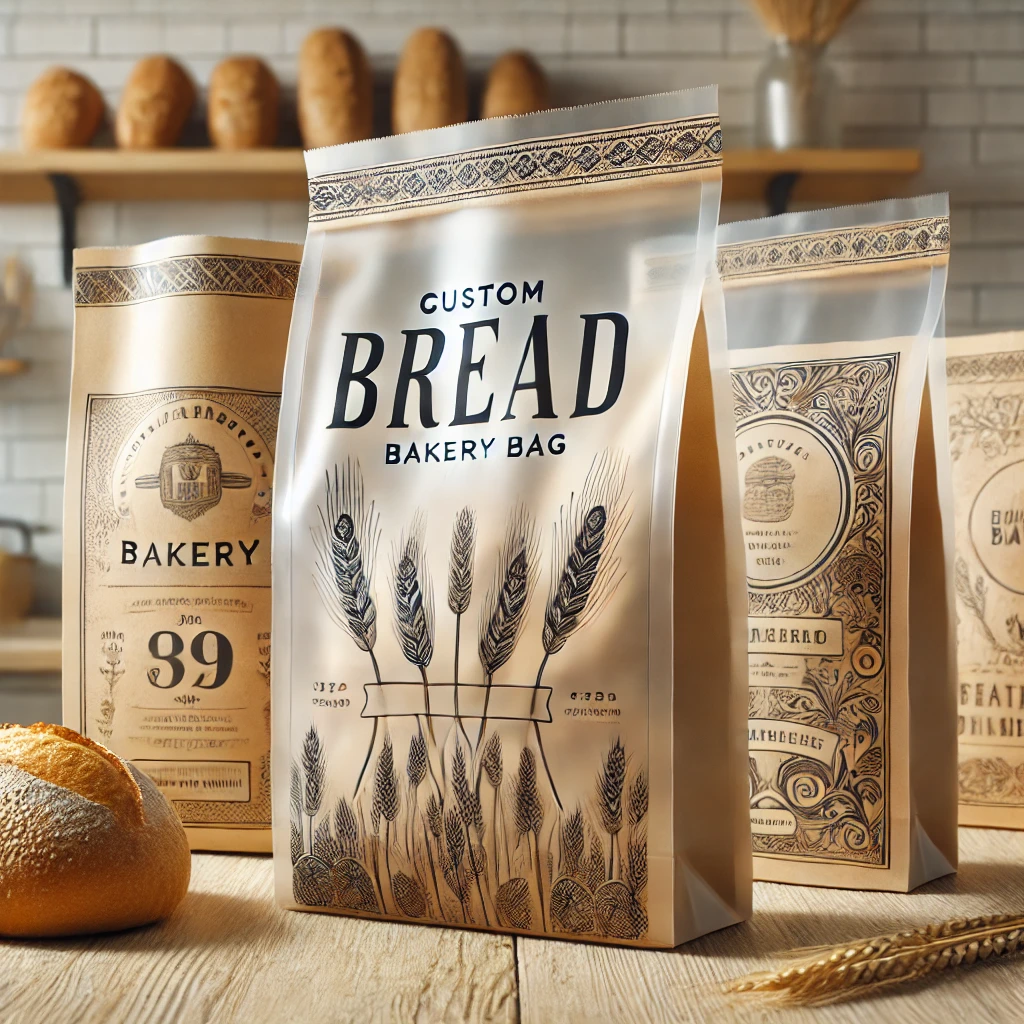Ancient and secretive, honey has long been celebrated as a nectar of the Divine Gods. But, unfortunately, the honey jars in our general store available today sometimes look different from the honey harvested thousands of years ago. Moreover, many commercially accessible honey is frequently processed, blended, and warmed, stripping it of large numbers of its vital supplements.
Single flower honey, known as Monofloral honey, varies from multi-floral or honeys from different flowers, by the predominance of nectar gathered from a single type of plant. This honey variety is the result of two conditions –
To begin with, the objective plant should prevail, so the honey bees have barely any choice of plants. Second, the beekeeper should time the presentation of the hive and the genuine collecting of the hive to match the blossoming time frame. This is finished via cautiously noticing the sprouting time of the picked plant as well as could be expected, covering blossoming times of other nectar-delivering plants too.
Each type of monofloral honey is a natural reduction of the nectar of its related flower or plant. The flowers sprouting in a particular region and environmental conditions in a specific year are completely reflected in the flavor, aromatics, viscosity, and vibrant shade of honey.
The medical advantages of good honey are significant, ranging from sensitivity prevention and immunity boosting to going about as a cough suppressant and helping with skincare. However, when we say ‘good honey,’ we mean raw, unfiltered honey.
What is Monofloral Honey?
Monofloral honey is sourced from one single plant, nectar. Monofloral honey is produced by honey bees who transcendently gather nectar from one type of plant. To be called Monofloral, the honey should meet a more significant level of naturally occurring markers and then complete the pollen test. In addition, monofloral honey is high regarding MGO (methylglyoxal), a compound that makes the honey healthier.
How Is It Produced?
Honey production does not follow a set procedure. Honey is produced by the hard-working bees that fly two miles from their bee colony to benefit from nectar from blossoms and plants. It is absurd to expect to guide honey bees on where to feed; however, it is possible to restrict the area and time where and when honey bees feed.
Monofloral honey can also be created in a specific region containing various blossoms by timing the setting of the bee colonies, so the honey bees feed on the bloom being referred to. Of course, it sounds effortless, but it is pretty tough.
How Is Monofloral Honey Graded?
The quality or grade of monofloral honey is decided using its pollen count. The pollen count of honey is the composition of the various pollen that honey bees benefit from to deliver that specific honey.
The pollen count of honey is estimated through various lab tests known as pollen analysis. These single floral honey standards vary from variety to variety.
Herbal Diversity of Monofloral Honey –
Vegetative variety increases as a result of soil types and climatic variety. Therefore, although monofloral honey is produced worldwide, there are cases in which this particular honey is exclusively produced for their representative countries.
The honey accessible in the market varies in quality because of different factors like topographical, seasonal, and handling conditions, as well as blossom source and storage and packaging conditions. While the sensory property of honey addresses a significant parameter in deciding its quality for buyers, the greatest impact is connected with the variety and crystallization state. Botanical variety permits the production of a wide variety of economically essential honey.
Physicochemical Properties of Monofloral Honeys
Honey, an excellent natural item with a complicated chemical creation, contains many wholesome and therapeutic properties.
Physicochemical, sensory and microbiological parameters typically evaluate the quality. The physicochemical properties rely upon the kind of nectar (botanical origin), geological botanical (environment conditions and soil arrangement), and handling (capacity and transport). Numerous examinations have announced that the physicochemical boundaries of honey, for example, moisture, sugar composition, acidity, ash, and 5-hydroxymethylfurfural (HMF), are utilized to recognize honey sorts.
Is Commercially Available Honey Monofloral & Polyfloral?
The regular “unadulterated honey” sold in general stores is usually a treated mix of “honey” from various regions of the planet.
Since pollen contents have been sifted out of this “honey” with the goal that it stays liquid, it isn’t feasible for a research center to do a significant pollen analysis of this “honey” and figure out which plants it came from.
Benefits of Monofloral Honey
Monofloral honey varieties offer unique & remarkable benefits that make them a great natural ingredient having strong medicinal and therapeutic potential. Some of these are –
- Improves digestive health
- Treats gastric issues
- Fights fatigue & induces sleep
- Assists in wound healing
- Keeps hypoglycemia at bay
- Promotes oral health
- Enhances skin health
- Improves metabolism
- Treats cough, cold & sore throat
- Boosts immune system
Which Honey is Costlier?
The production of monofloral honey is a tough & challenging process that requires beekeepers to time precisely when and where to put their colonies.
Monofloral honey will generally have strong therapeutic properties of the plants from which it comes, given that it isn’t heat treated, fine-filtered, or pasteurized.
While natural honey can never taste something similar from one season to another, monofloral is bound to have a comparative taste and texture from batch to batch, adding to its market cost. In addition, the popularity of monofloral honey & unique properties likewise makes it more costly than polyfloral honey varieties.
Monofloral honey is doubtlessly a preferable decision over polyfloral honey. Yet, according to the point of view of cost and tastefulness, polyfloral honey takes a seat above monofloral honey. For people looking for health benefits before taste, monofloral honey varieties are the perfect choice to fulfill their health requirements.









